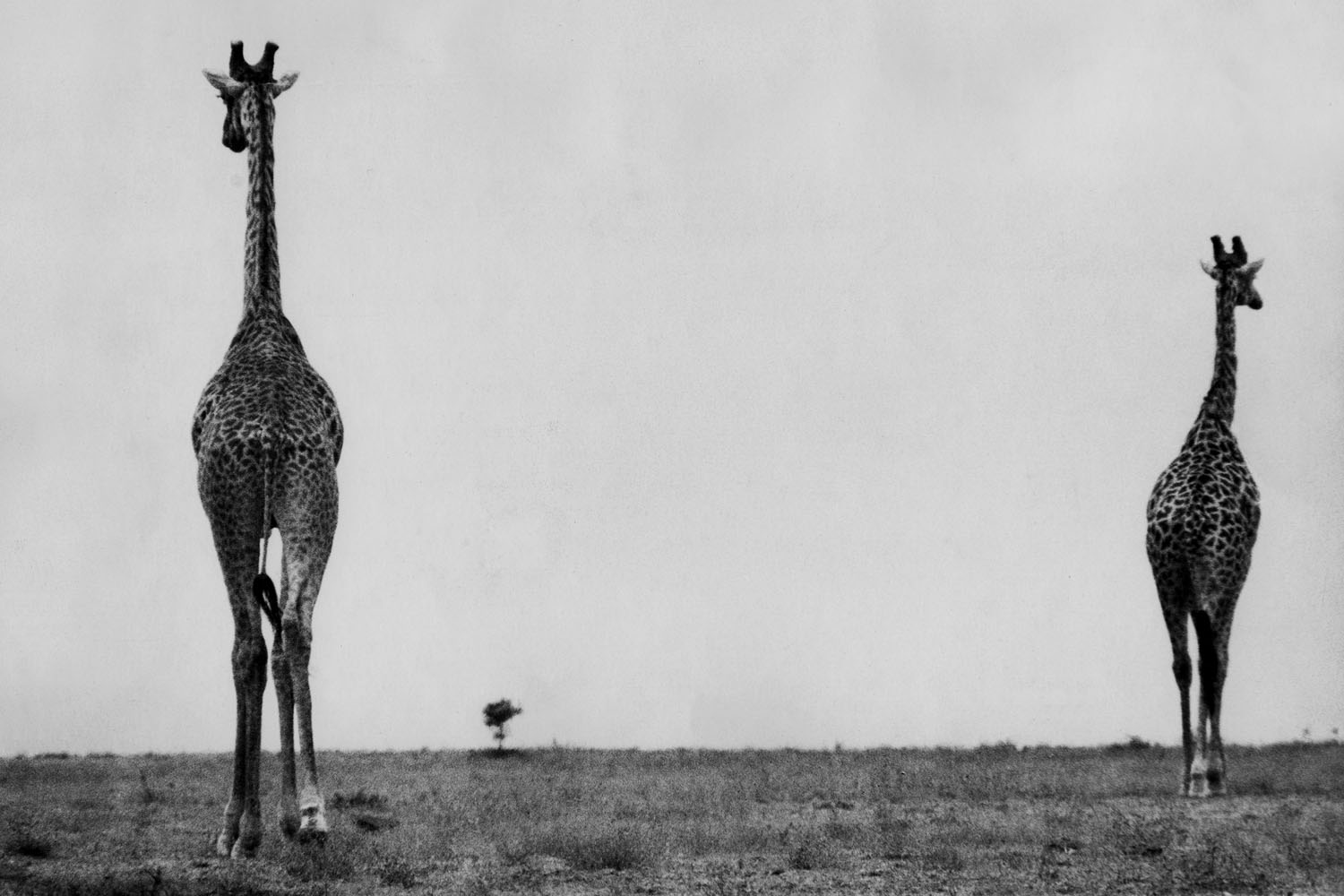
In 1955, the photographer Marc Riboud set out in an old Jeep to see the world. His photographic exploration of Asia, undertaken at a time when the region was far more foreign to Western eyes than it is today, formed the basis of a long career. But, in the spring of 2012, when the gallerist Peter Fetterman visited Riboud in Paris, the photographer was no longer the young man who set off on that adventure. Riboud, who was born in 1923, is frail, Fetterman recalls. His archive, on the other hand, was just the opposite.
The work to which Fetterman was granted access is now the exhibition “The Eye of the Traveler,” on view at the Peter Fetterman Gallery in Santa Monica, Calif., through March 16. (A photobook about Riboud’s travels in China, Japan, India, Nepal, Pakistan, Iran, Afghanistan and Turkey, called Into the Orient (Vers L’Orient), was also published in October and was recently awarded the prestigious Prix Nadal.)
“Experience has taught me that many great photographers have incredible gems in their archive, which perhaps they’ve been too close to and can’t quite see the brilliance of,” says Fetterman. The process of applying an objective eye to the archive of a photographer is something Fetterman had done before, with artists like Henri Cartier-Bresson and Sebastião Salgado, but even though those men knew and worked with Riboud, Riboud and Fetterman had not met before last May.
Riboud, like the other French Humanist photographers in which Fetterman is particularly interested, is the product of a time when the art market for photography was brand new, before there was money in the work, so the travels on which he embarked were a personal one — and one that, Fetterman says, can serve as an inspiration to viewers. (Also inspirational, the gallerist notes, is the fact that great photographers tend to possess such great longevity. “Maybe it’s the chemicals,” he jokes.)
It was immediately clear that Riboud’s archive contained more than expected. Fetterman had gone looking for photographs of France and China, but he found works from India and elsewhere that he loved equally. He had gone looking for familiar, famous images, and he found pictures he had never before seen (like the picture of giraffes in the gallery above). And while Fetterman says that many photojournalists today travel in comfort, the photographs showed that Riboud was “a man of the earth.”
“He’s very curious about people and interested in people and insightful, and you can see a great intelligence and feel a great humanity and empathy,” says Fetterman. “You sense he’s a storyteller and you sense the lives these people are living; he tells us about them, not in a didactic way but in a basic, humanist way.” That emphathy is, Fetterman believes, why Riboud’s photographs are still revelatory a half-centry later: he finds a way to make what’s foreign, what’s seen through a traveler’s eye, seem familiar and intimate.
“You get a sense in way that, clichéd as it sounds, we’re all connected. I don’t want to sound like a ‘60s hippie but we’re all brothers and sisters,” Fetterman says, “and somebody like Marc Riboud, his work just sings that.”
Marc Riboud is a French photographer and the recipient of numerous awards, including the ICP Infinity Award and the Overseas Press Club award. The exhibition Marc Riboud – The Eye of the Traveler is on view at Peter Fetterman Gallery in Santa Monica, Calif., through March 16, 2013.
More Must-Reads from TIME
- Cybersecurity Experts Are Sounding the Alarm on DOGE
- Meet the 2025 Women of the Year
- The Harsh Truth About Disability Inclusion
- Why Do More Young Adults Have Cancer?
- Colman Domingo Leads With Radical Love
- How to Get Better at Doing Things Alone
- Michelle Zauner Stares Down the Darkness
Write to Lily Rothman at lily.rothman@time.com